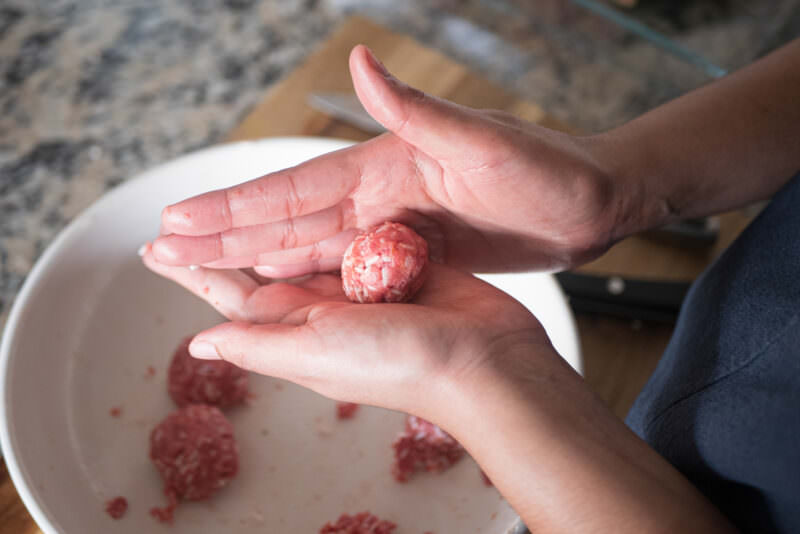Cooking and baking connect all of the senses, you just have to notice how it happens. They offer us an opportunity for us to coach the mind to be present. If you learn how to cook mindfully, cooking can be a tool of mindful meditation.
I’ve practiced mindful meditation consistently for the better part of 5 years. I’ve also done several mediation immersions. One, a 1-week meditation immersion guided by Madonna McManus, who holds a Ph.D. in Cancer Biology and Experimental Therapeutics and several other meditation immersions through apps like Waking Up, HeadSpace, and Calm, in addition to daily asanas.
A little background on mindful meditation
According to Wikipedia, mindfulness is the psychological process of purposely bringing one’s attention to experiences occurring in the present moment without judgment which one develops through the practice of meditation.
Some of the benefits of mindful meditation
Mindful meditation is proven to improve focus, reduce stress and irritability, and creates neuroplasticity (the creation of neuropathways in the brain).
For me, the biggest benefit of mindful meditation is the creation of Neuroplasticity. Neuroplasticity is the brain’s ability to “rewire” or “reorganize” itself by forming new neural connections. Neuroplasticity allows the neurons in the brain to compensate for injury and disease and to adjust their activities in response to new situations or to changes in their environment. If you’re interested in research linking mindful meditation to neuroplasticity, here are some links.

How I use cooking & baking as a mindful meditation tool
Paying attention to detail creates calm and clarity for me. It also activates my intuition (the third eye if you’re into chakras). For me, cooking anchors the mind and creates a sensory focus. When I write sensory focus, I mean that all of my senses are heightened and engaged: the sense of touch (kneading), the sense of smell (is it burning?), taste (is it salty? spicy? bland?) visual, (too beige? where is the color?), texture (does it need crunch?), sound: (is the oil sizzling?).
I’ll break these down for you.
How it works
Instead of focusing on the breath as you would during a guided or timed mindful meditation session, focus on the particular step you’re taking: slicing, chopping, mixing, or cleaning. Cleaning is the most important part of cooking, don’t forget that!
Step 1: make an easy list
When I approach cooking as a mindful exercise, I am fully engaged from the beginning. How? By making a list of what I need.
Whether it’s a physical or a mental list, having a clear roadmap of where I am going and what I have to do helps me stay focused and guided throughout the session.
Staying present in each moment and each step fosters awareness, awakes clarity, and contentment in my body and mind.
Step 2: engage all of your senses
Cooking and baking used as a mindful meditation tool shouldn’t be done in auto-pilot. Keeping all of your senses engaged is paramount, this, itself is the practice and you can only strengthen your brain and create neuroplasticity by practicing.
However, if you find your mind drifting, reeling it back into focus is also part of the practice.
How do you engage all of your senses?
- Touch: kneading, chopping, shaping, mixing, whisking
- Smell: is your food fresh? is it rancid? does the produce remind you of your grandma’s home?
- Sight: are the colors not what they’re supposed to be? are they bright and engaging?
- Sound: is your food sizzling when it hits the pan? are the vegetables floppy? did you achieve the crunch you wanted?
- Taste: is the food bland? does it need more salt? would more spice help?
I like to think about it as a 360 sensory experience where I’m immersed in what I’m doing.

Some final thoughts
By no means do I think using cooking and baking as a mindful meditation tool is a substitute for meditation. I think you should do this in addition to daily mediation. Whether it’s sitting down for 5 minutes and focusing on your breath or daily asanas (yoga).
Trying new things opens the floodgates to vulnerability. So remind yourself, the practice is in the practice. By trying you are doing, and by doing you are strengthening your mind.
